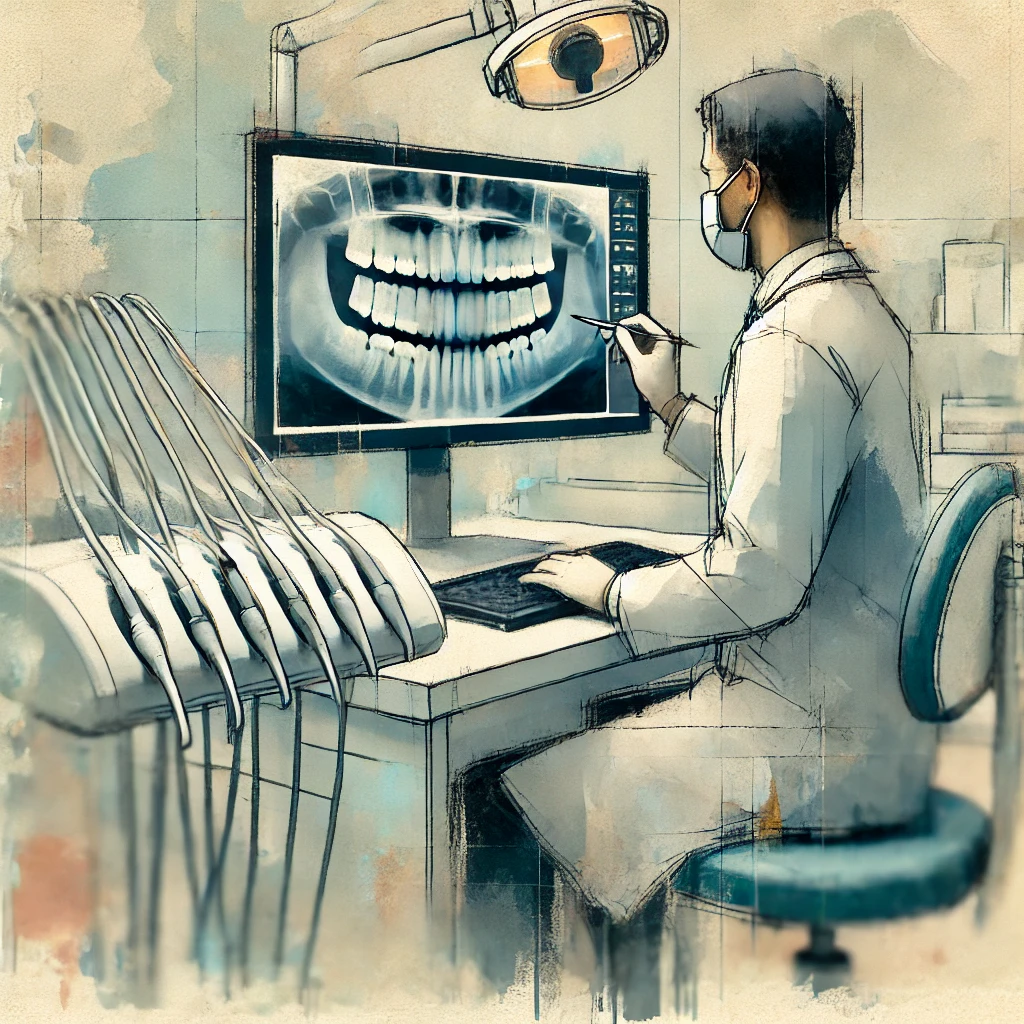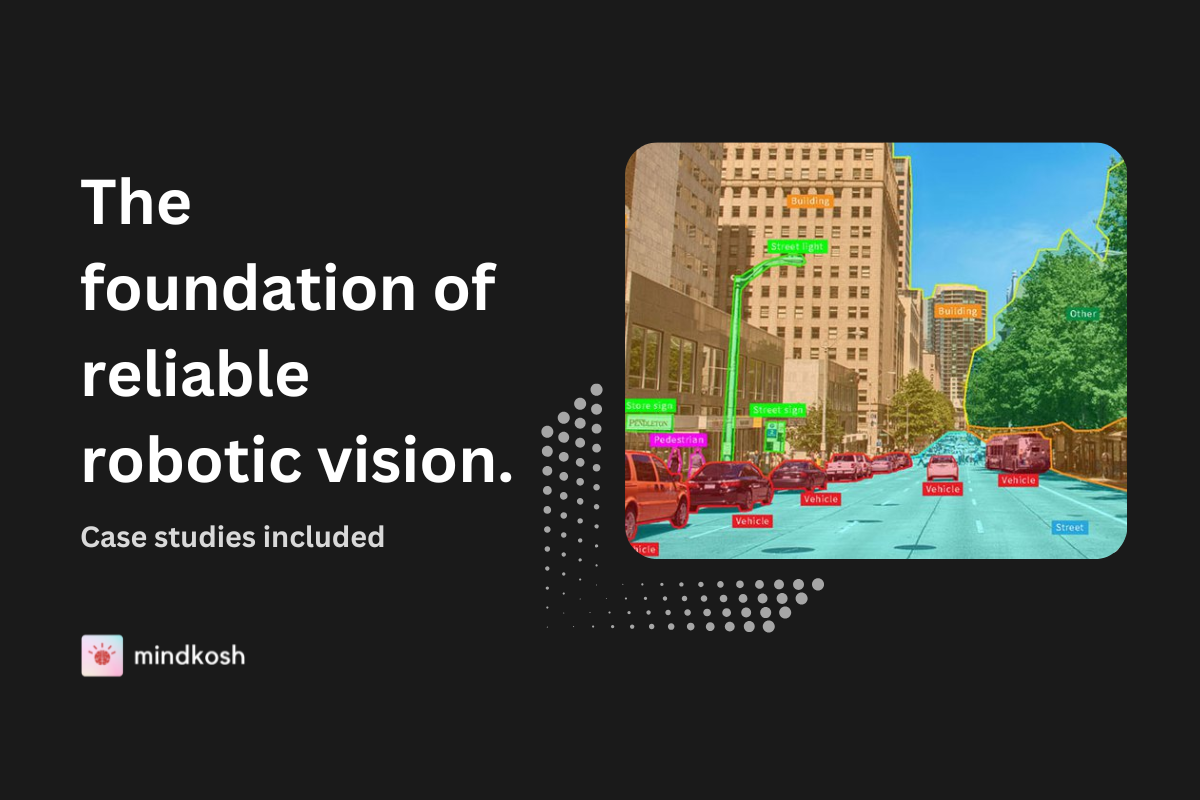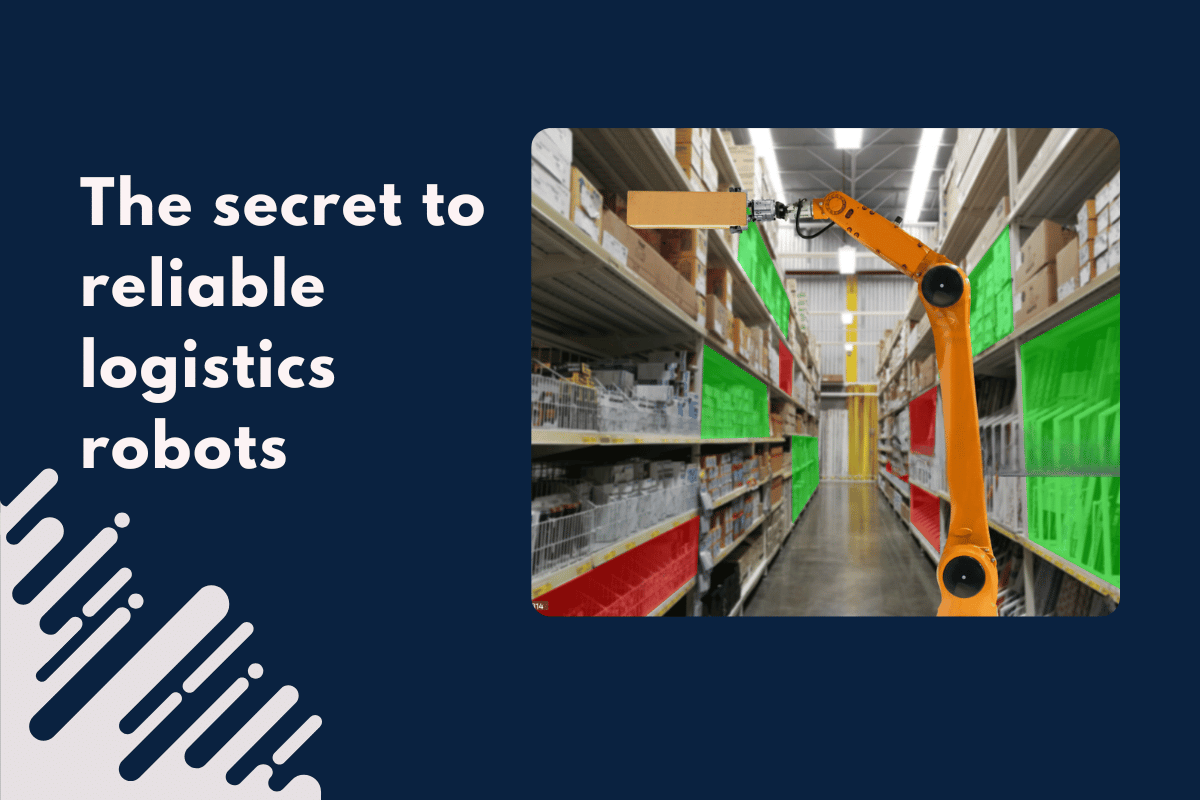In the rapidly evolving field of computer vision, precise data annotation is the backbone of developing robust machine learning models. Among the various annotation techniques, keypoint and skeleton annotation stand out due to their ability to capture intricate details and relationships in images and videos. But what exactly are these techniques, and how do they differ from each other? This guide will explore the differences between keypoint and skeleton annotation, highlighting their unique applications, advantages, and challenges.
Introduction
Imagine you’re teaching a robot to understand human movements or training a system to recognize facial expressions. The accuracy of these tasks hinges on the quality of the data fed into the machine learning models. Keypoint and skeleton annotation play a crucial role in this process, but they are often misunderstood or used interchangeably. Understanding the nuances between these two annotation methods can significantly enhance the performance of your computer vision projects.
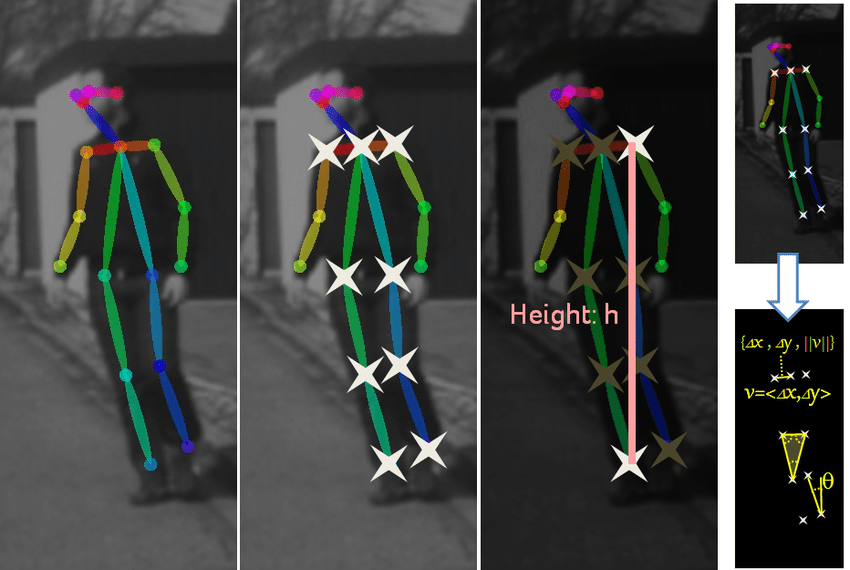
What is Keypoint Annotation?
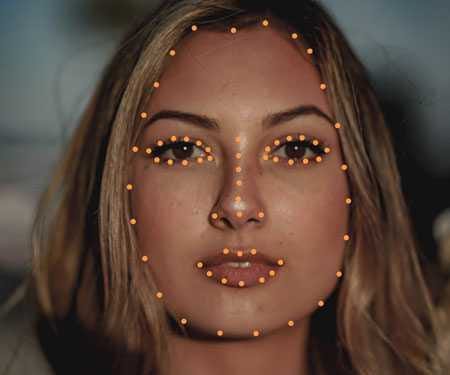
Keypoint annotation involves marking specific points of interest within an image or video. These points, known as keypoints, can represent various features such as the corners of objects, landmarks on faces, or joints in a human body. Each keypoint is usually defined by its coordinates (x, y) in the image frame.
Applications of keypoint annotation
- Facial recognition: Identifying key features such as eyes, nose, and mouth.
- Human pose estimation: Marking joints like elbows, knees, and shoulders.
- Object detection: Highlighting crucial points on objects for precise localization.
- Gesture recognition: Tracking hand or finger positions for interactive applications.
Advantages of keypoint annotation
- Precision: By focusing on specific points, keypoint annotation allows for high-precision data labeling.
- Simplicity: The process is relatively straightforward, making it easier to annotate large datasets.
- Flexibility: Keypoints can be applied to a wide range of objects and scenarios, from facial landmarks to automotive parts.
Challenges of keypoint annotation
- Ambiguity in complex scenes: In images with overlapping objects or occlusions, identifying accurate keypoints can be challenging.
- Labor-intensive: Despite its simplicity, keypoint annotation is labor-intensive, particularly for large datasets.
What is Skeleton Annotation?
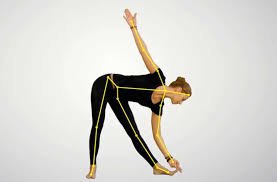
Skeleton annotation builds upon keypoint annotation by connecting these keypoints to form a structured representation, often referred to as a skeleton. This structure outlines the shape and movement of objects, providing a more comprehensive understanding of their spatial relationships and dynamics.
Applications of skeleton annotation
- Human pose estimation: Connecting joints to visualize the human skeleton for analyzing movements and postures.
- Animal behavior tracking: Studying the motion and interaction of animals.
- Robotics: Enhancing robot vision systems to recognize and interact with objects based on their structural layout.
- Sports analytics: Analyzing athletes' movements and improving performance through detailed motion capture.
Advantages of skeleton annotation
- Detailed structural information: By connecting keypoints, skeleton annotation provides detailed insights into the structural relationships and movement dynamics.
- Enhanced accuracy: The additional information from the skeleton structure can improve the accuracy of machine learning models.
- Versatility: Skeleton annotation is versatile, applicable to various fields including healthcare, sports, and robotics.
Challenges of skeleton annotation
- Complexity: Creating skeletons involves an additional layer of complexity, requiring careful attention to detail.
- Time-consuming: The process is more time-consuming compared to keypoint annotation, making it challenging to annotate large datasets efficiently.
High precision required: Any inaccuracies in connecting keypoints can significantly impact the model’s performance.
Key differences between keypoint and skeleton annotation
Level of Detail
- Keypoint Annotation: Focuses on marking individual points of interest within an image. It provides precise localization but lacks information about the relationships between points.
- Skeleton Annotation: Connects keypoints to form a network of lines (or bones), offering a detailed representation of an object’s structure. This additional layer of information captures the spatial relationships and movement patterns.
Complexity and Use Cases
- Keypoint Annotation: Suitable for simpler tasks where individual points are sufficient for the model’s needs. Examples include facial recognition and object detection.
- Skeleton Annotation: Essential for more complex tasks requiring an understanding of the object’s overall structure and movement, such as human pose estimation and robotics.
Data Annotation Process
- Keypoint Annotation: Involves marking specific points on the object. It is relatively straightforward and quicker to annotate.
- Skeleton Annotation: Requires not only marking keypoints but also connecting them accurately. This process is more time-consuming and requires careful attention to detail.
Model Training and Performance
- Keypoint Annotation: Generates less complex data, which can be advantageous for training models that need to be fast and lightweight.
- Skeleton Annotation: Provides richer data that can improve model accuracy and robustness, particularly in tasks involving movement and interaction analysis.
Real world applications and case studies
Facial recognition and emotion detection
- Keypoint Annotation: Facial recognition systems use keypoint annotation to mark critical facial features such as eyes, nose, and mouth. This allows the system to accurately identify individuals and recognize facial expressions.
- Skeleton Annotation: Emotion detection systems often use skeleton annotation to understand the overall structure of the face, including the relationship between different facial features. This helps in capturing subtle changes in expressions and provides a more detailed analysis.
Human pose estimation
- Keypoint Annotation: Used to mark specific joints like elbows, knees, and shoulders. This is useful in applications such as fitness apps and video games where basic pose detection is sufficient.
- Skeleton Annotation: Used in more advanced applications like sports analytics and rehabilitation. By connecting the joints, skeleton annotation provides a complete understanding of the body’s movement, which can be used to improve athletic performance or assist in physical therapy.
Robotics and autonomous systems
- Keypoint Annotation: In robotics, keypoint annotation helps in identifying specific points on objects that robots need to interact with. This is crucial for tasks like object manipulation and navigation.
- Skeleton Annotation: Autonomous systems use skeleton annotation to understand the structure of objects and their environment. This helps in tasks like obstacle avoidance and path planning, making the robots more efficient and intelligent.
Healthcare and medical imaging
- Keypoint Annotation: Used in medical imaging to mark specific points of interest such as tumors or lesions. This helps in the accurate diagnosis and treatment planning.
- Skeleton Annotation: In applications like gait analysis, skeleton annotation helps in understanding the movement patterns of patients. This is used to diagnose and treat conditions related to movement disorders.

Challenges in keypoint and skeleton annotation
1. Precision and consistency
Both techniques demand high precision. Annotators must consistently mark keypoints and connect them accurately to ensure data quality. Variations in annotation can lead to significant differences in model performance.
2. Occlusion and ambiguity
Objects or body parts may be partially obscured or overlap, making it challenging to mark and connect keypoints accurately. This is particularly problematic in crowded scenes or complex environments.
3. Scalability
Manual annotation is time-consuming and labor-intensive. Automating the process with advanced tools and AI assistance can help but requires initial investment and setup. Ensuring the scalability of annotation processes while maintaining quality is a critical challenge.
4. Quality control
Maintaining high-quality annotations requires rigorous checks and quality control measures. This includes multiple review stages, training of annotators, and using automated tools to identify and correct errors.
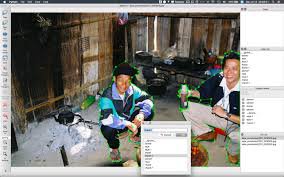
Best practices for effective annotation
- Clear guidelines: Provide annotators with detailed instructions and examples to ensure consistency. Clear guidelines help in reducing ambiguities and improving the overall quality of annotations.
- Quality control: Implement multiple review stages to catch and correct errors. Use automated tools to assist in the quality control process, ensuring that annotations meet the required standards.
- Automated tools: Leverage semi-automated annotation tools to speed up the process and reduce manual effort. These tools can help in identifying keypoints and connecting them accurately, improving efficiency and accuracy.
- Training and calibration: Regularly train and calibrate annotators to maintain high standards. Continuous training ensures that annotators are updated with the latest techniques and guidelines, improving the quality of annotations.
- Ethical considerations: Ensure that the data used for annotation is ethically sourced and complies with privacy regulations. Respecting the privacy and rights of individuals is crucial in maintaining ethical standards in data annotation.
Tools and technologies for keypoint and skeleton annotation
Keypoint annotation tools
- LabelMe: An open-source tool that provides an easy-to-use interface for annotating keypoints. It supports various formats and is widely used in academic and industrial projects.
- VGG Image Annotator (VIA): Another open-source tool that offers a range of annotation options, including keypoints. It is lightweight and can be run directly in a browser.
- SuperAnnotate: A commercial tool that provides advanced features for keypoint annotation, including automation and collaboration capabilities.
Skeleton Annotation Tools
- COCO Annotator: A versatile tool designed for the COCO dataset but can be used for various annotation tasks, including skeleton annotation. It supports both manual and semi-automated annotation.
- OpenPose: A real-time multi-person keypoint detection library that can be used for skeleton annotation. It provides pre-trained models and a user-friendly interface for annotating human poses.
- DeepLabCut: A tool specifically designed for markerless pose estimation using deep learning. It is widely used in research for annotating animal behavior and human movements.
Future trends in keypoint and skeleton annotation
1. Increased automation
The future of annotation lies in increased automation. Advances in AI and machine learning are making it possible to automate large parts of the annotation process, reducing the time and effort required for manual annotation.
2. Improved accuracy
With the development of more sophisticated algorithms, the accuracy of both keypoint and skeleton annotation is expected to improve. This will enable more precise and reliable annotations, enhancing the performance of machine learning models.
3. Real-time annotation
Real-time annotation is becoming increasingly feasible with the advancements in hardware and software technologies. This will allow for the dynamic annotation of live video streams, opening up new possibilities in areas like surveillance and autonomous driving.
4. Enhanced collaboration
Future annotation tools will focus more on collaboration, allowing multiple annotators to work on the same project simultaneously. This will improve efficiency and ensure high-quality annotations through collaborative efforts.
Conclusion
Understanding the difference between keypoint and skeleton annotation is crucial for selecting the right approach for your computer vision projects. While keypoint annotation provides precise localization of features, skeleton annotation offers a comprehensive understanding of the spatial relationships and movements. By leveraging these techniques effectively, you can enhance the accuracy and performance of your AI models, unlocking new possibilities in fields such as facial recognition, human pose estimation, robotics, and beyond. Implementing best practices, investing in quality tools, and continually refining your processes will ensure that your annotation efforts yield the best possible results.

